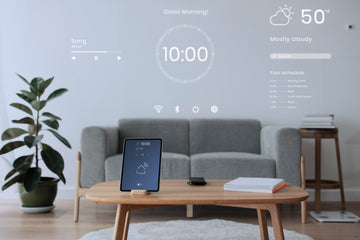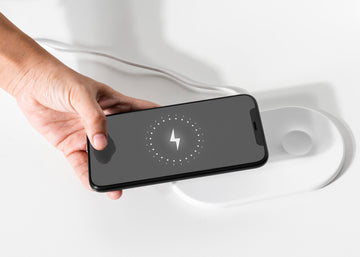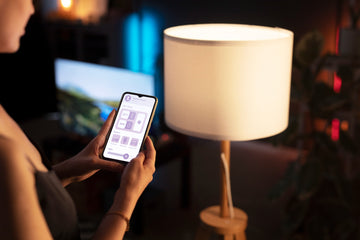Introduction
The Internet of Things (IoT) has rapidly evolved from a futuristic concept to a present-day reality, deeply ingrained in our daily lives. As we stand at the cusp of technological advancements, the future of IoT devices promises even more integration, innovation, and transformation. This blog post explores the potential developments and trends in the world of IoT, painting a picture of what the future may hold.
The Evolution of IoT
IoT began as simple connected devices but has grown into a complex network of smart technologies that communicate and interact seamlessly. The future of IoT lies in its ability to further merge the digital and physical worlds, creating an even more interconnected experience.
Key Trends Shaping the Future of IoT
1. AI and Machine Learning Integration
- IoT devices will increasingly incorporate AI and machine learning, enabling them to make intelligent decisions and learn from user interactions. This will lead to more personalized and adaptive experiences.
2. Enhanced Connectivity
- The advent of 5G and beyond will revolutionize IoT connectivity, offering faster, more reliable, and widespread coverage. This will enable the deployment of IoT devices in remote and previously inaccessible areas.
3. Improved Security
- As IoT devices become more prevalent, security will become a top priority. Future IoT devices will likely feature advanced encryption and security protocols to protect against data breaches and cyber-attacks.
4. Edge Computing
- Edge computing, where data processing occurs closer to the IoT device rather than in a centralized cloud-based system, will become more common. This will reduce latency and improve response times.
5. Sustainable and Energy-Efficient Designs
- Sustainability will be a driving force in IoT development, leading to devices that are more energy-efficient and environmentally friendly.
Areas of Impact
Smart Homes and Cities
- IoT devices will become more integrated into smart home systems, offering even greater automation and efficiency. Smart cities will leverage IoT for everything from traffic management to environmental monitoring, improving urban living.
Healthcare
- IoT in healthcare will see groundbreaking advancements, with devices capable of more accurate and real-time monitoring of health conditions, leading to personalized healthcare solutions.
Industrial and Business Applications
- The Industrial Internet of Things (IIoT) will transform industries with more sophisticated and interconnected machinery, optimizing production and supply chains.
Agriculture
- IoT devices will bring about a new era in agriculture, with precision farming techniques that use data analytics for better crop management and yield.
Challenges Ahead
Despite its promising future, IoT faces challenges, including data privacy concerns, the need for standardized protocols, and the digital divide that could limit access to IoT benefits.
Conclusion
The future of IoT devices is not just an extension of current technology but a leap into a more connected, efficient, and intelligent world. As these devices become more ingrained in our lives and industries, they hold the promise of making our world smarter, safer, and more sustainable. The journey ahead for IoT is as exciting as it is challenging, and it will undoubtedly continue to reshape our world in ways we can only begin to imagine.





